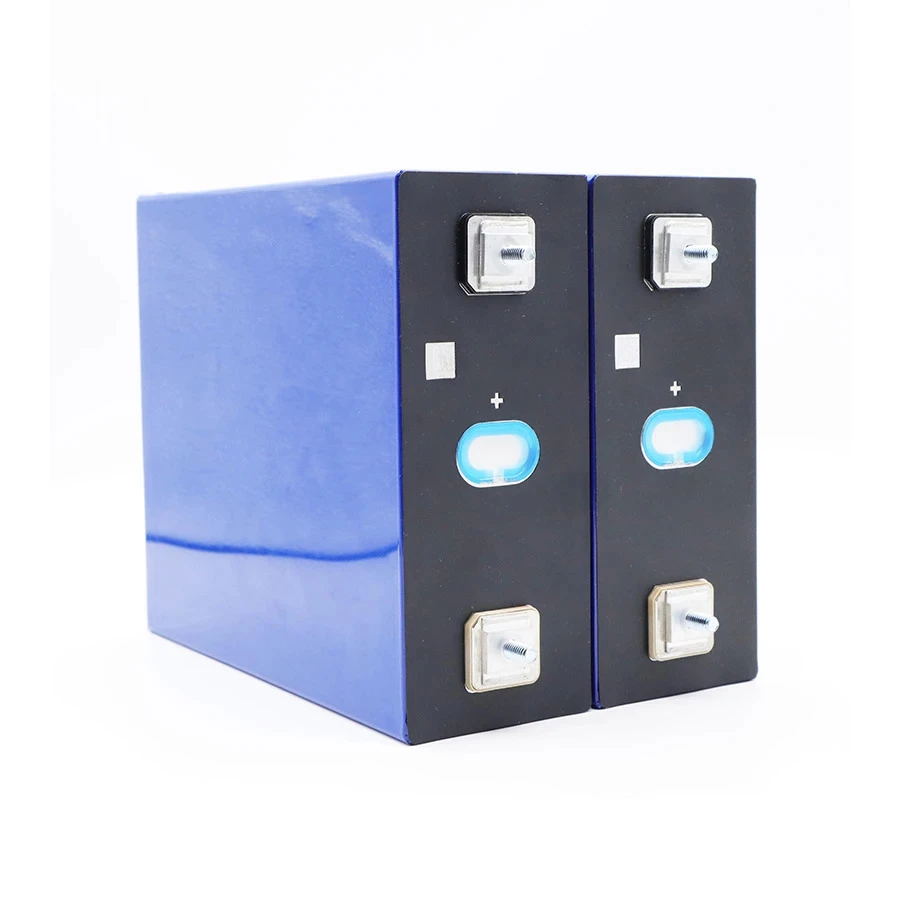Prismatic Batteries: The Future of Energy Storage?
Discover what prismatic batteries are, their applications in EVs, solar storage, and more. Compare top brands like BYD, CATL, and learn why they dominate the lithium-ion market.
Introduction to Prismatic Batteries
A prismatic battery (or prismatic lithium-ion battery) is a compact, rectangular-shaped power source revolutionizing industries from electric vehicles to renewable energy. Unlike cylindrical or pouch cells, its flat, space-efficient design offers higher energy density and better thermal management. But why are prismatic cells becoming the go-to choice for manufacturers like BYD and CATL? Let’s explore their benefits, applications, and future trends.
Why Choose Prismatic Batteries? Key Advantages
- Space Efficiency & High Energy Density
Prismatic batteries pack more power into a smaller footprint, making them ideal for electric vehicles (EVs) and consumer electronics where space is limited. - Enhanced Safety Standards
Rigid aluminum casing reduces leakage and explosion risks, meeting strict prismatic battery safety standards for medical devices and drones. - Longer Lifespan
With advanced thermal management systems, prismatic lithium batteries outperform traditional cells in cycle life and durability.
Top Applications of Prismatic Batteries
From clean energy to cutting-edge tech, here’s where prismatic cells shine:
- Electric Vehicles (EVs)
Major automakers like Tesla and BYD use prismatic batteries for their high capacity and fast charging speeds. - Solar Energy Storage Systems
Paired with solar panels, prismatic battery energy storage systems (BESS) store excess energy for homes and grids. - Drones & UAVs
Lightweight yet powerful, these batteries extend flight times for commercial and industrial drones. - Medical Devices
Reliability and compact size make them critical for portable medical equipment.
Prismatic Battery vs. Cylindrical Battery: Which Is Better?
The debate between prismatic battery vs. cylindrical battery centers on three factors:
- Energy Density: Prismatic cells win with 20-30% higher capacity.
- Cost: Cylindrical batteries are cheaper but require more space.
- Thermal Management: Prismatic designs dissipate heat more efficiently.
For EVs and large-scale storage, prismatic batteries often dominate. For smaller devices (e.g., power tools), cylindrical cells remain popular.
Leading Prismatic Battery Brands in 2024
- BYD Prismatic Battery
A pioneer in EV batteries, BYD’s Blade Battery claims unmatched safety and 1.2 million km lifespan. - CATL Prismatic Battery
CATL’s Qilin Battery boasts a 13% higher energy density than competitors. - LG Chem & Samsung SDI
Korean giants focus on high-voltage prismatic cells for luxury EVs.
Future Trends: What’s Next for Prismatic Batteries?
- Solid-State Prismatic Batteries
Safer, non-flammable solid-state tech could replace liquid electrolytes by 2030. - Sustainable Recycling Solutions
Companies are investing in prismatic battery recycling to recover lithium and cobalt. - AI-Optimized Manufacturing
Machine learning improves production efficiency, cutting costs by up to 15%.
FAQs About Prismatic Batteries
- How long do prismatic batteries last?
Most last 8-15 years, depending on usage and maintenance. - Are prismatic batteries safe?
Yes! Their rigid casing and stable chemistry reduce fire risks. - What’s the cost of a prismatic lithium-ion battery?
Prices range from 120/kWhto120/kWhto200/kWh, but economies of scale are driving costs down.
Conclusion
As demand for efficient energy storage grows, prismatic lithium-ion batteries are set to power the future—from EVs to smart grids. By choosing top-tier brands like CATL or BYD and staying ahead of trends like solid-state tech, industries can unlock greener, more reliable power solutions.


